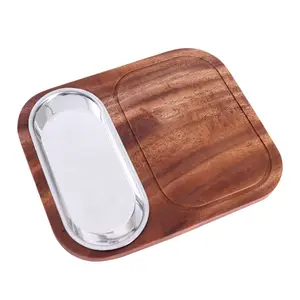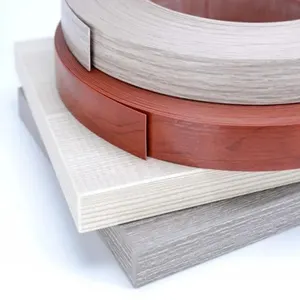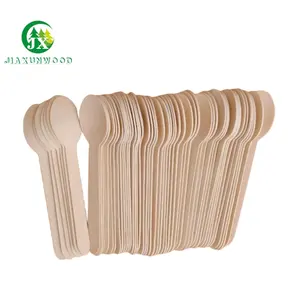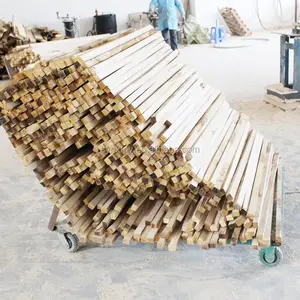Wooden wedges serve multiple purposes and are often found in wood shops and manufacturing facilities. Wooden wedges can also be used for smaller projects or to prop, adjust, tweak, or hold the position of another object.
Small wood wedges are used to build furniture and as clamping aids when edging or gluing wood pieces together.
Wood wedges for leveling provide stabilization when completing a variety of tasks and projects from plumbing and construction to DIY home repairs.
Wood wedge shims are another popular type of wooden wedge that double as door stoppers and can be used to prop things open, depending on their size and angle.
Types of hard wooden wedges
When deciding how to make wood wedges and what purposes they serve, you need to first understand the different types. The most common wood wedges are splitting wedges used to split wood into different sections or in different directions. These wooden wedges have a two- or three-way design. Two-way wooden wedges look like doorstops. Three-way wedges are more of a triangular shape. There are also four-way wooden wedges or splitters that serve the same purpose with a slightly different shape.
When cutting wood wedges, manufacturers produce several sizes for various uses. The most common hard wood wedge is ¼ inch by 1 ¾ inches by 7 ¾ inches and is used in doors, windows, and other gaps. The next size up is a ¼ inch wood wedge by 1 ¾ inches but 11 ¾ inches long. These wooden wedge shims fill longer and larger gaps like trim work, building cabinets, and laying floors. The longer the wooden wedge is, the more support it offers. However, the slope isn’t as exaggerated, which means it offers more stabilization with less leverage.
The benefits of using wooden wedge shims over plastic wedges
Wooden wedges aren’t the only types of shims available. Plastic wedges are also commonly used in various industries. However, plastic wedges don’t offer the same benefits as large and small wood wedges. One reason is customization. When cutting wood wedges, you can shape, shave, and manufacture them to any size and length you need. They’re also less expensive to produce than plastic wedges. Although wooden wedges can absorb water over time and may not last as long as plastic wedges, their versatility and adjustability make them an affordable and reliable choice.
Common uses for wooden wedges
Wooden wedges serve many purposes but are most commonly used for flooring, cabinetry, and installing doors and windows. Hard wood wedges can fill small gaps when installing baseboard or crown molding in a residence. Wood wedge shims allow for even, level, and stabilized cabinetry installation. Wooden wedges are commonly used to fill gaps when installing doors and windows into spaces that aren’t a perfect fit. These small wood wedges can also fill minor gaps in existing floors between the joist and the subfloor. This adds extra stability and support while reducing bouncing or squeaking caused by trapped air or warped floorboards.
































 浙公网安备 33010002000092号
浙公网安备 33010002000092号 浙B2-20120091-4
浙B2-20120091-4